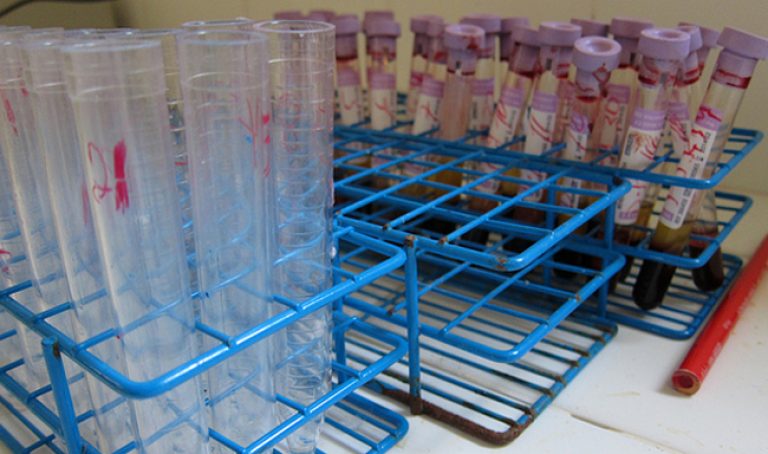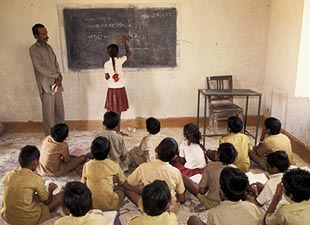
AsianScientist (Sep. 10, 2016) – In October 2010, still reeling from a devastating earthquake that hit nine months earlier, Haiti was dealt yet another blow. An explosive outbreak of cholera quickly spread throughout the country, and has yet to be contained. To date, the disease has killed an estimated 10,000 people and sickened close to 800,000.
Last month, after years of denying responsibility, the United Nations (UN) finally acknowledged that it had played a role in the outbreak, and that it needs to do more to help resolve the crisis.
The outbreak’s source: a UN camp that housed peacekeepers fresh from a mission in Nepal, where cholera was active at the time. Due to improper sewage disposal, infected feces from the camp contaminated Haiti’s major river, which is used by locals for bathing and drinking.
Prior to 2010, Haiti hadn’t had a cholera outbreak in at least a hundred years. How did researchers trace it to the camp?
Reconstructing an outbreak
There were two main possibilities for how cholera, a bacterial infection caused by Vibrio cholerae, reached Haiti. First, it could have been introduced by people infected overseas. Second, since it’s not uncommon for bacteria to exchange genetic material, non-pathogenic V. cholerae strains native to Haiti’s coastal waters could have acquired genes for virulence factors in this manner.
Not long after the outbreak began, a team of French and Haitian researchers reconstructed its early stages by gathering clinical records, interviewing people, and conducting field surveys. The UN camp sits along a tributary of the Artibonite River, Haiti’s major waterway; the first reported case occurred in a town just downstream, soon after the peacekeepers arrived. Subsequent cases closely followed the tributary’s course until it eventually connected to the main Artibonite; from there, the disease spread rapidly to other regions of the country.
If this sounds familiar, it is. This epidemiological detective work is a direct descendant of John Snow’s famous mapping of cholera cases in the 1854 Broad Street outbreak, which traced the source of contamination to a water pump—and helped dispel the notion that cholera was spread through unclean air. Such techniques, coupled with much more sophisticated statistics, are still important today.
What John Snow didn’t have, however, was DNA sequencing, which several studies have used to strengthen the case that Haiti’s cholera outbreak was imported. By sequencing the whole genomes of cholera strains from Haiti, researchers have repeatedly found that they are nearly identical—consistent with the idea that they were introduced through a single source. Most tellingly, several studies have found that Haitian and Nepalese strains are also genetically almost identical, and are distinct from strains circulating in other countries. NEXT PAGE >>>













